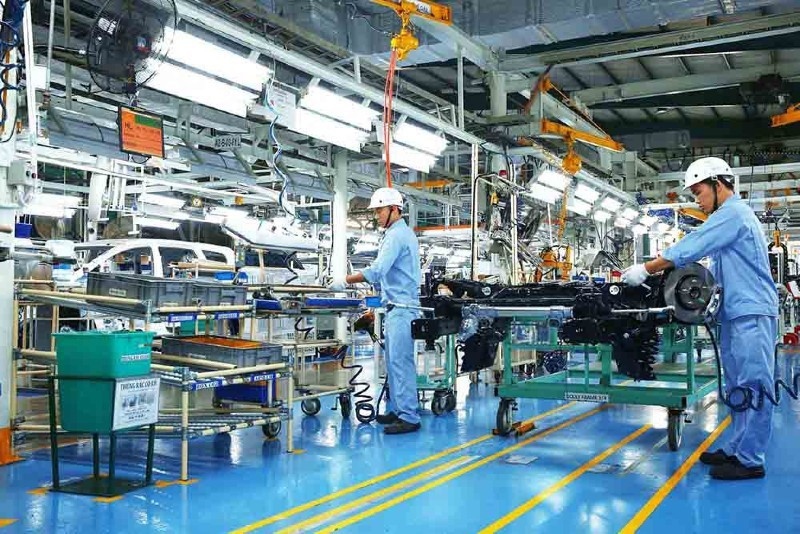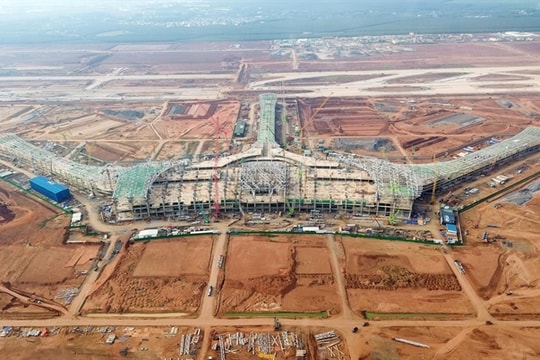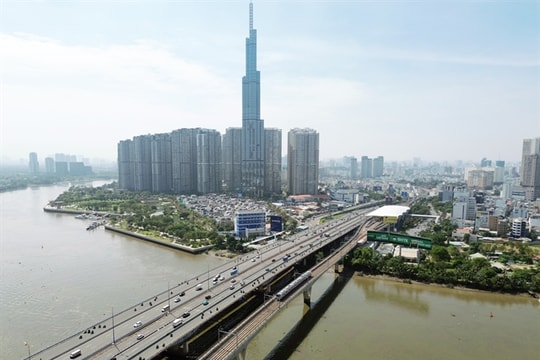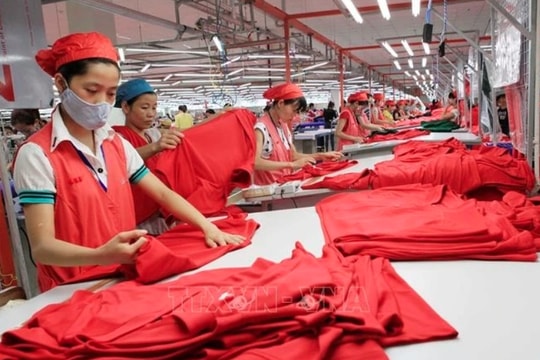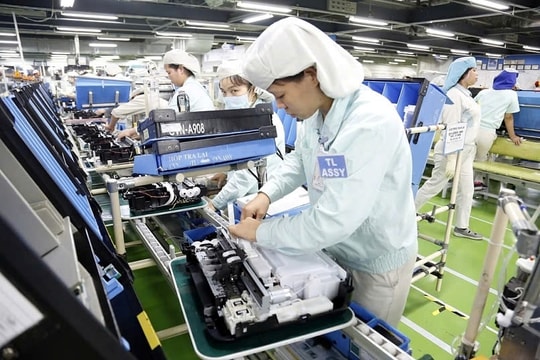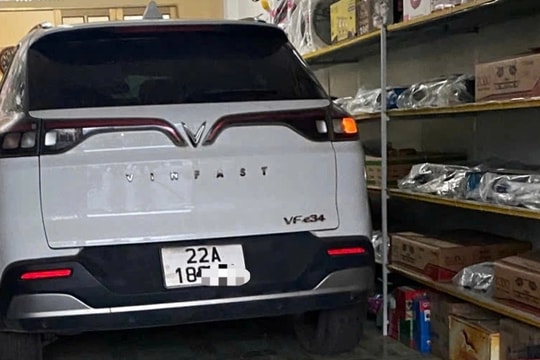After recording a slightly disappointing first quarter, Vietnamese GDP growth accelerated to 6.9% on-year in the second quarter, well above the market expectations of 6%.
Beyond the headline numbers, its recovery has started to show signs of broadening out. In terms of trade, the tech recovery continues to at a rapid pace, while other sectors have also bottomed out to return to recording decent growth.
Experts pointed out that the biggest upside surprise came from the manufacturing sector, which expanded by 10% annually. This is also reflected in the strong growth seen in the second quarter’s exports of 15% on-year.
Economists have been flagging an uneven recovery in the trade sector, which has been predominantly led by the electronics recovery. While the trend continues to hold, non-electronics shipments have started to show green shoots. In particular, exports of textiles and footwear, which are typically more exposed to disruptions in the Red Sea, also bounced back to see double-digit growth in the second quarter.
While near-term trade has started to take off, long-term FDI prospects remain a bright spot. Despite moderating from its peak in 2017, new FDI continues to pour into the Vietnamese market. Undoubtedly, manufacturing accounts for the lion’s share, with new registered FDI reaching close to US$10 billion in the first half of the year.
While investments from mainland China and the Republic of Korea are often highlighted, investment from ASEAN peers continues to be strong, particularly from Singapore. In fact, Singapore tops the list as the country’s largest FDI provider. For example, CapitaLand is planning to deploy up to US$110 million in the Vietnamese market to help facilitate the shifts taking place in manufacturing supply chains.
Furthermore, tourism-related services continue to shine after the nation welcomed more than 8.8 million tourists in the first half of the year. That said, recovery in domestic sectors continues to lag behind external-facing ones, which experts expect to continue to happen ahead in the fourth quarter of the year.
Unlike growth, inflation appears to be an imminent concern. While cheaper oil prices provided some relief, higher pork prices, a result of the ongoing spread of African swine fever (ASF), kept the inflation elevated on an annual basis in June. That said, inflation is likely to subside in the second half of the year as favourable effects start to kick in. But this is barring the further spread of ASF which has the potential to impact the supply of pigs, particularly as previous episodes of ASF drove inflation to breach the State Bank of Vietnam (SBV)’s target.
Given the better-than-expected outcomes during the first half of the year, experts are upgrading their yearly GDP growth forecast to 6.5% for 2024. This will likely put the country back as the position of ASEAN’s fastest-growing economy, a spot that it had previously lost to regional peers Malaysia and the Philippines in 2022 and 2023, respectively.
In addition, think tanks also recently trimmed their 2024 inflation forecast to 3.6%. They also maintain their view that the SBV is likely to keep its policy rate steady at 4.50% this year despite lingering foreign exchange concerns that may prompt the SBV to hike.



